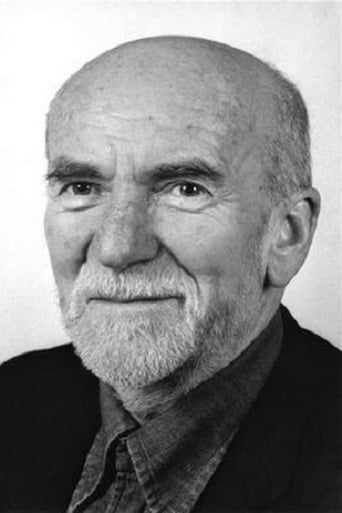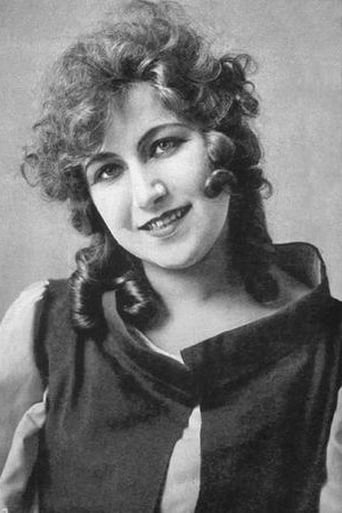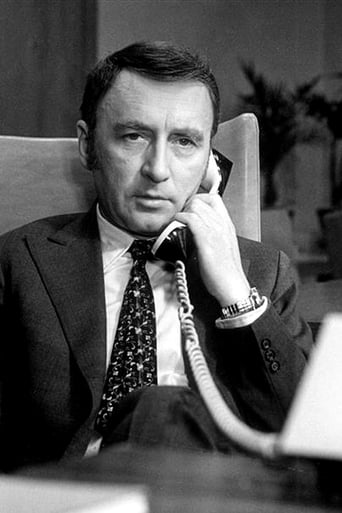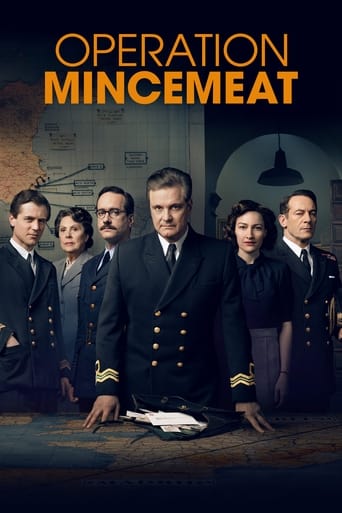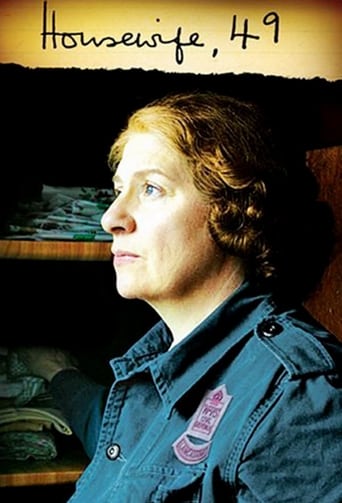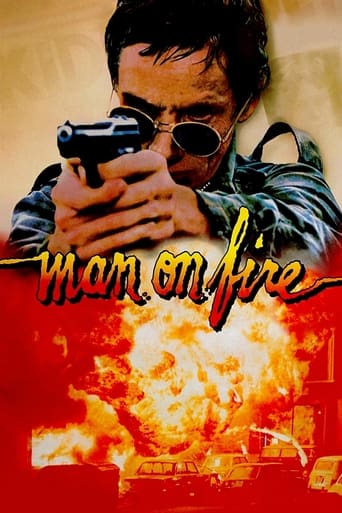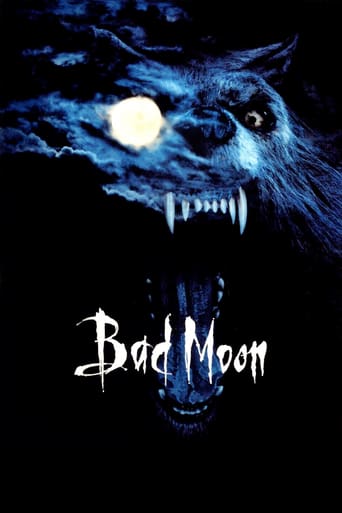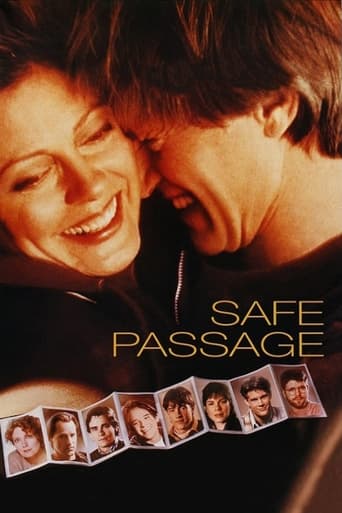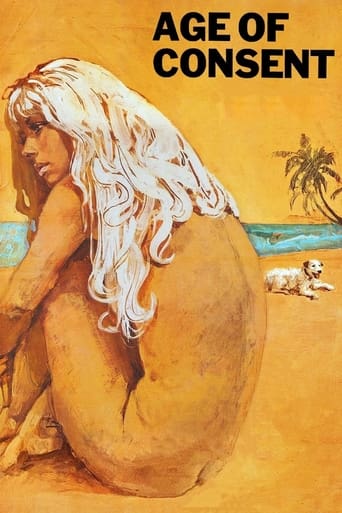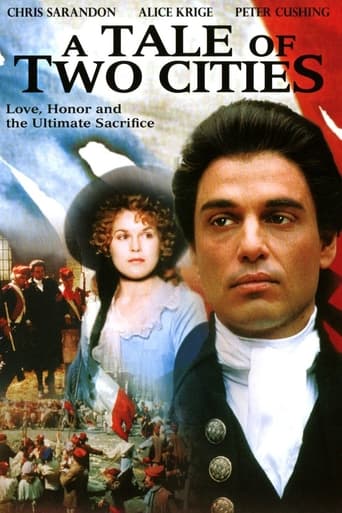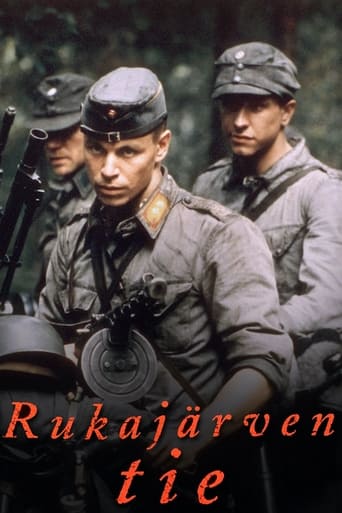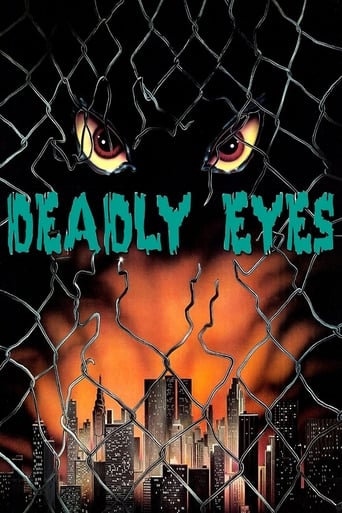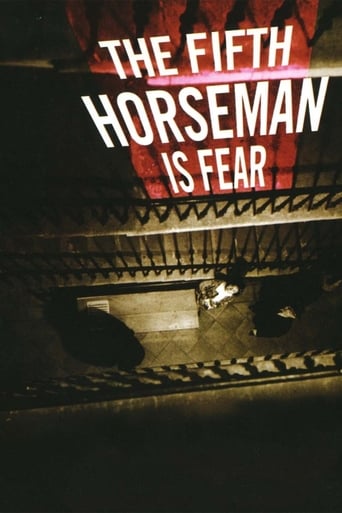

The Fifth Horseman Is Fear (1965)
In Nazi-occupied Czechoslovakia, a doctor-turned-warehouse employee reluctantly agrees to treat a gravely wounded political fugitive, putting himself and everyone living in his building complex in danger.
Watch Trailer
Cast


Similar titles
Reviews
So much average
Memorable, crazy movie
A terrific literary drama and character piece that shows how the process of creating art can be seen differently by those doing it and those looking at it from the outside.
The movie's neither hopeful in contrived ways, nor hopeless in different contrived ways. Somehow it manages to be wonderful
Gathering up the last batch of Czech New Wave (CNW) titles from the Cold War era to view over April,I got an E-Mail from a DVD seller (who is a big fan of Czech cinema) telling me that he had recently tracked down a fascinating CNW War movie.With having recently picked up other Czech War titles,I decided that it would be a good time to meet the fifth horseman.The plot-WWII-Nazi Occupied Prague:Forbidden from working as a doctor by the Nazis,Jewish doctor Braun tries to survive by doing a desk job where he lists all the confiscated Jewish property.Going home to his flat,Braun finds an injured resistance fighter laying outside the apartment building.Taking the fighter into his flat under darkness,Braun discovers that the injured man is in desperate need of morphine to help heal his wounds.Knowing the risks that he is taking and suspecting that there is an informant in the building,Braun decides that he cant's let the horsemen of fear destroy his beliefs. View on the film:Largely filmed on location,co-writer/(along with Hana Belohradska/ Ota Koval & Ester Krumbachová) director Zbynek Brynych and cinematographer Jan Kalis showcase the effects that the Cold War was having on the country,with the grubby CNW black and white photography pulling every rotting building and burnt-out street on the screen,as solid pelts of rain hit Braun across the face.Finding beauty in the dirt, Brynych gradually sinks the block of flats into a pit of utter despair,where elegantly hit whip-pans spins an unrelenting atmosphere of fear over the title.Getting out to cinemas just before the soon to be occupying Soviet Union were to ban it,the writers display a remarkable quality in allegorically commenting on both the former Nazi Occupation,and the oncoming Soviet Union Occupation.Holding everyone up in the flats,the writers hit the Soviet Union with a merciless force,by making the flats a place where the occupying forces push the inhibitions of the flats/country into oppression,and the idea of "naming names" is thinly excused as keeping the country safe.Placing a voice of humanity in the centre of the film, Miroslav Machácek gives an incredible performance as Dr. Braun,thanks to Braun being given a humble appearance,which is delicately torn by Machácek,in desperation of stopping the fifth horseman in his tracks.
This is the most overlooked film I have seen and I have seen thousands. It doesn't appear in Maltin's book of 17,000 reviews. It is basically a day in the life of a Jewish doctor who is exempted from removal by Nazis because they can use his services. He risks his life helping the underground. In one gut wrenching scene he observes young women in a large shower room. For a moment you wonder if gas will come from the showerheads but it's water and there is a lovely lyrical voyeuristic few seconds before the camera cuts abruptly to the women being distributed to disrobing waiting SS officers. This is not an easy film to watch. It challenges the viewer's imagination with the "What would I do?" question throughout.
A prophecy in Zechariah 6: 1-3 mentions red horses, black horses, white horses, and grey horses riding out into the world with no real mention of their riders. But in Revelation 6:2-7 in a description of the Apocalypse the riders are given some characteristics: the white horse has a rider with a bow who "went out conquering and to conquer"; the rider of the red horse takes peace from the earth and is given a great sword; the rider on the black horse has a balance and illustrates the calamitous rise in prices of scarce and necessary food; and the rider of the pale horse's name is Death.Any type of war engenders cruelties. But when hope is displaced by fear, survival is surely threatened. As a fellow doctor tells Dr. Braun, in search of morphine to abate the pain of a wounded man on whom he has operated "We have up to 20 Jewish suicides a day - we manage to save most of them." Certainly a society that has placards proliferating everywhere admonishing "Inform promptly and accurately and insure your own safety," along with the 44811 informer number to call would not give much cause for hope. But Dr. Braun does not seem to give up hope completely - even when all is dark he says "A man is as he thinks - you can't change that." And yet Dr. Braun is assailed by fear also. More than once we hear martial music without seeing a band and Dr. Braun also sees a man with some sort of van who is there one moment and gone the next. Do we see what we fear most? It's hard to tell.I found the musical score very intriguing - starting off before the opening credits was a brass fanfare, merging into flutes and then saxophones (and/or other reed instruments) and then back to brass and flutes throughout the opening credit sequences against a backdrop of massed notices on walls. The succession of one type of instrument being replaced by another was continued throughout the film.I was limited to what the different wall placards were saying by occasional subtitles. It would have been interesting to know if the placards dealt with more than just informing. There was one word seen repeatedly - it seemed to start out "PYSA" or "PYHLA" or perhaps "PYKASRA" - the font type made it difficult to decipher . . . and my Czech is rather minimal, ah no . ..The film music ends much as it began with brass playing to images of trains, then flute and then brass with images of cars then more flutes followed by piano with views of crowds and then ending with the brass section again."Death's a trifle if it's not my own."But Dr. Braun carries on as best he can - "A man is as he thinks - you can't change that."
I remember seeing this film when I was much younger and was so taken / moved by it that I've been trying to find it to own. The depiction of the main character's descent into near madness by the evil Nazi occupiers is probably one of the finest performances ever! This movie should DEFINITELY be taped and released as soon as possible.


